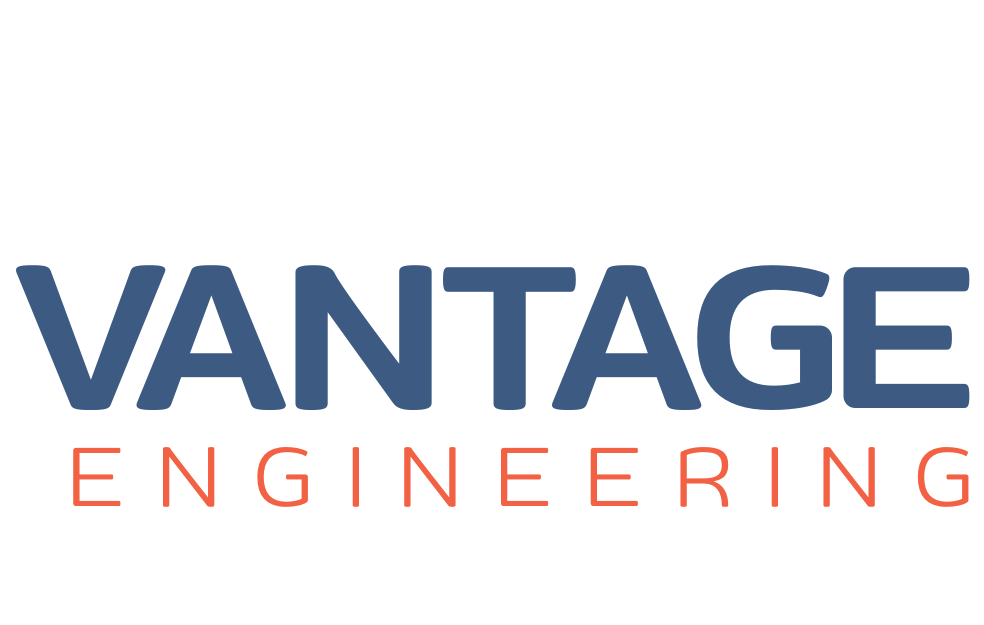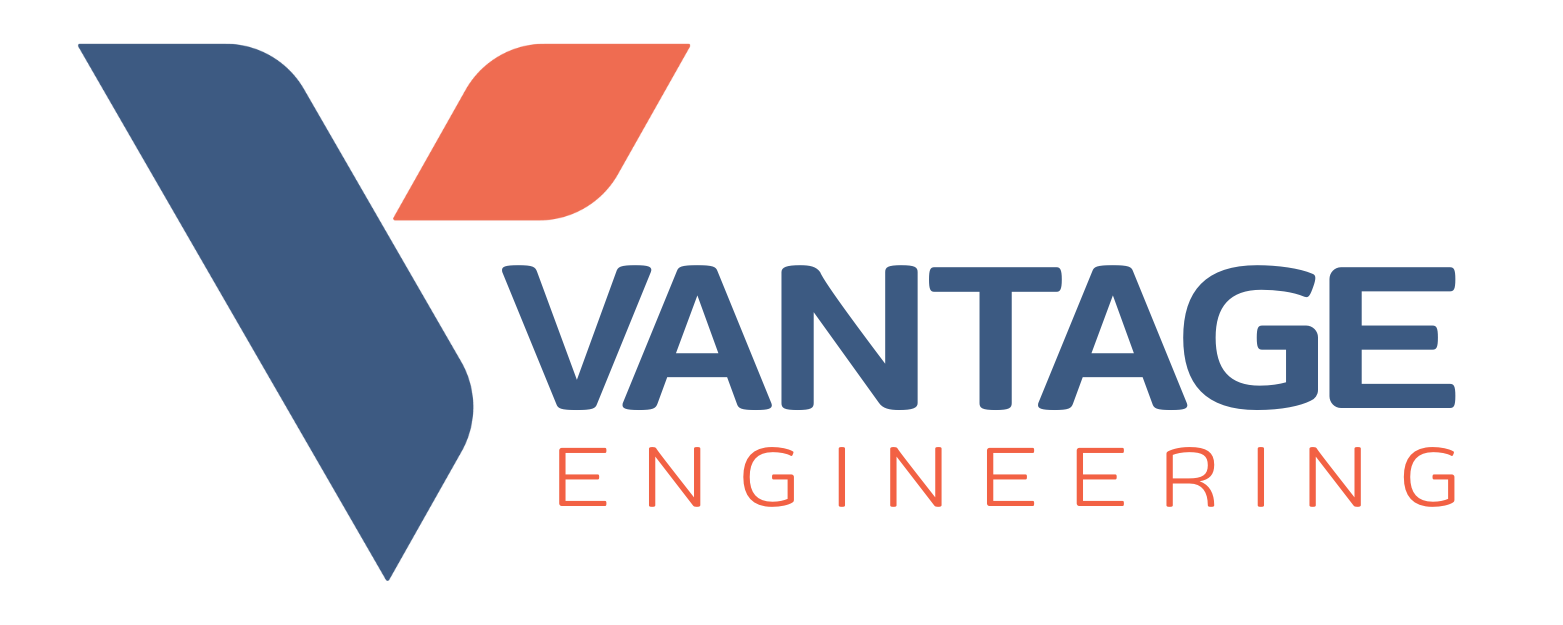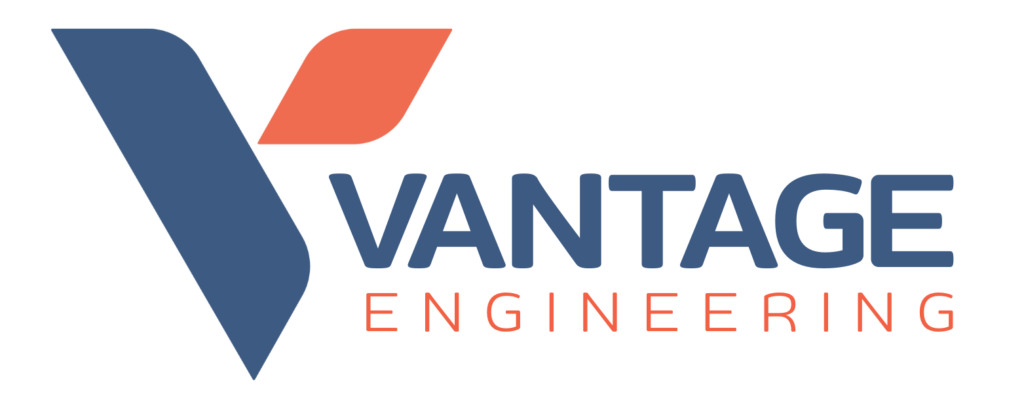Australia’s climate—defined by droughts, floods, and growing urbanization—demands innovative solutions to manage one of its most precious resources: water. From the parched landscapes of the Outback to the flood-prone suburbs of Brisbane, hydraulic engineering services are critical to optimizing water use, mitigating risks, and ensuring compliance with stringent regulations like the National Construction Code (NCC 2022) and state-specific frameworks such as NSW’s BASIX. As climate change intensifies water scarcity and extreme weather, efficient fluid management systems are no longer optional—they’re a cornerstone of sustainable development.
Why Hydraulic Engineering Matters in Australia
- Drought Resilience: The Millennium Drought (1997–2009) exposed vulnerabilities in water security, prompting reforms like the Murray-Darling Basin Plan and investments in desalination plants.
- Urban Flood Risks: Rapid urban expansion in cities like Sydney and Melbourne strains aging stormwater infrastructure, increasing flood risks.
- Environmental Compliance: Strict regulations, such as Queensland’s Water Act 2000, require sustainable management of waterways to protect ecosystems like the Great Barrier Reef.
- Bushfire Recovery: Hydraulic systems must withstand post-fire contamination and erosion, as seen in NSW after the 2019–2020 bushfires.
With agriculture consuming 60% of Australia’s freshwater and urban demand rising, hydraulic engineering bridges the gap between scarcity and smart resource use.
Key Areas Driving Efficiency
1. Smart Stormwater Management
Urbanization and impervious surfaces exacerbate flooding. Modern solutions include:
- Water-Sensitive Urban Design (WSUD): Green roofs, permeable pavements, and bio-retention basins (e.g., Melbourne’s Rain Garden projects) capture and filter stormwater, reducing runoff by 40%.
- Real-Time Monitoring: IoT sensors in systems like Brisbane’s Urban Drainage Network predict flood risks and optimize drainage during heavy rains.
- Aquifer Recharge: Stormwater harvesting replenishes groundwater in drought-prone regions like Adelaide.
2. Wastewater Recycling & Innovation
- Advanced Treatment Plants: Sydney’s St Marys Advanced Water Recycling Plant treats 90 million litres daily, supporting industrial and agricultural reuse.
- Decentralized Systems: Compact sewage treatment units in remote communities (e.g., WA mining towns) reduce reliance on centralized infrastructure.
- Circular Economy: South Australia’s Glenelg Wastewater Treatment Plant converts biogas from sewage into electricity, powering 80% of its operations.
3. Agricultural Water Efficiency
- Precision Irrigation: Solar-powered drip systems in the Murray-Darling Basin cut water use by 30% while boosting crop yields.
- Automated Channels: NSW’s Murrumbidgee Irrigation Area uses smart gates and sensors to minimize losses in distribution networks.
4. Fire-Resilient Hydraulic Design
Post-bushfire landscapes require systems that prevent contamination and erosion:
- Sediment Control Basins: Protect water quality in fire-affected catchments (e.g., Victoria’s Macedon Ranges).
- Fire-Resistant Piping: Materials like HDPE withstand extreme heat, ensuring continuity in rural water supply.
Australian Standards & Compliance
- NCC 2022: Mandates water efficiency measures, including rainwater harvesting for new builds.
- BASIX (NSW): Requires hydraulic systems to meet energy and water-saving targets.
- WSAA Guidelines: Ensure materials like PVC-U pipes meet durability and safety benchmarks.
Case Studies: Australian Innovation in Action
- Perth’s Groundwater Replenishment Scheme: Treated wastewater recharges aquifers, providing 20% of the city’s drinking water by 2060.
- Gold Coast’s Hydraulic Flood Model: AI-driven simulations guide infrastructure upgrades, reducing flood damage costs by $200 million annually.
- Tamworth’s Smart Meter Rollout: Real-time leak detection saved 1.2 billion liters of water in 12 months.
Emerging Trends
- Digital Twins: Virtual models of hydraulic systems (e.g., Melbourne’s SewerNet) predict failures and optimize maintenance.
- Green Hydrogen Integration: Using recycled water for hydrogen production in regional hubs like Gladstone.
- Climate-Adaptive Materials: Corrosion-resistant coatings for coastal pipelines in QLD’s salt-heavy environments.
The Path Forward
To secure Australia’s water future, stakeholders must:
1. Retrofit aging infrastructure in cities like Hobart and Darwin.
2. Prioritize Indigenous water stewardship practices, integrating traditional knowledge with modern engineering.
3. Leverage federal funding, such as the National Water Grid Authority, for drought-proofing projects.
Conclusion
In a nation where water is both a lifeline and a liability, hydraulic engineering services are pivotal to balancing efficiency, sustainability, and resilience. By embracing smart technologies, circular principles, and robust compliance, Australia can turn fluid management into a competitive advantage—securing resources for generations.








